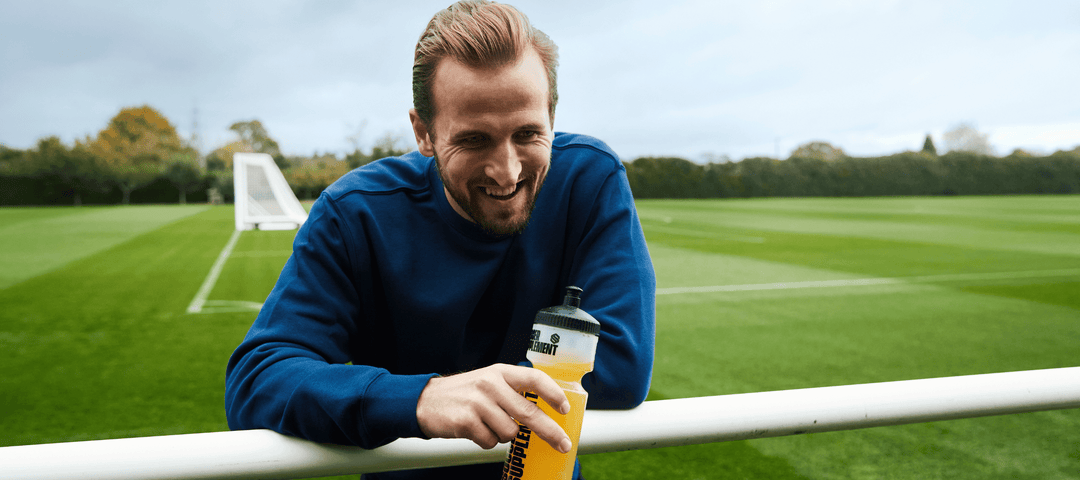Why is Hydration Important?
Maintaining optimal fluid levels in the body is important for overall health.
Maintaining euhydration, the state of normal body water within its optimal homeostatic range, is essential to sustain life. Our body is 50 – 70% water and is compartmentalized within both intracellular (65%) and extracellular (35%) spaces.
Hypohydration is when body fluid levels drop below the optimal range. This can result in impaired aerobic capacity, reduced power, impaired cognitive function and lethargy, impaired management of body temperature and increased heart rate. As the level of hypohydration increases to 6% body mass loss the severity of side effects increases beyond mere football performance decrements to serious health implications.
On the other hand, hyperhydration, where body water increases above the optimal level will obviously increase body mass, which maybe detrimental and may also result in hyponatremia.
How does Hydration impact Football Performance?
Dehydration can be detrimental to your endurance over the 90 minutes.
Of relevance to football performance, dehydration can negatively impact endurance performance when body mass loss exceeds 2%, although strength and power are less likely to be impacted.
Existing evidence suggests that many footballers begin training and games in a hypohydrated state, and thus hydrating properly could provide a small competitive advantage over opposing players. Players may lose roughly 800 ml of fluid per hour through sweat when playing in cool temperatures and up to 1500 ml of fluid per hour when playing in warm temperatures. Some will only consume enough to replace 50% of that fluid, but many consume enough to prevent body mass losses of more than 2%.


How can you monitor your hydration levels?
The sensation of thirst, a centrally mediated response to body water deficits, is useful in dictating the need for fluid intake during everyday life. Thirst is, however, relatively insensitive in accurately tracking hydration status during exercise, leading to the argument that players should be prescribed hydration plans that reflect their individual sweat rates and even sweat electrolyte composition. While prescribed hydration plans may be of value, existing evidence is equivocal, especially in climatic conditions common across Europe in Winter months. That suggests that hydrating to thirst may be sufficient for most.
Without access to blood samples, unfortunately there is no gold-standard method of assessing hydration status, so a combination of methods should be used. They include a measure of the conscious desire to drink (thrist), body mass changes greater than 1.1% suggest dehydration, dark coloured urine and a urine specific gravity greater than 1.020.
How can you optimise hydration during matches?
- Drink 500 ml of water upon waking to start the rehydration process quickly.
- Consume enough fluid each day to create clear urine consistently, that is roughly 2000 – 2500 ml each day.
- Consume 1000 ml of water or hydration drink per hour of exercise.
- Monitor body weight before and after exercise and consume 150% of body mass loss in ml of water.
- To rehydrate, consume fluids that provide carbohydrate and electrolytes, such as Hydrate90®, or also include protein such as Recover90®. Fluids with other nutrients or sodium can increase fluid retention.
- Try to consume the required volume of fluid within 5-hours of completing competition.
Click here to shop our range of Hydration supplements.









